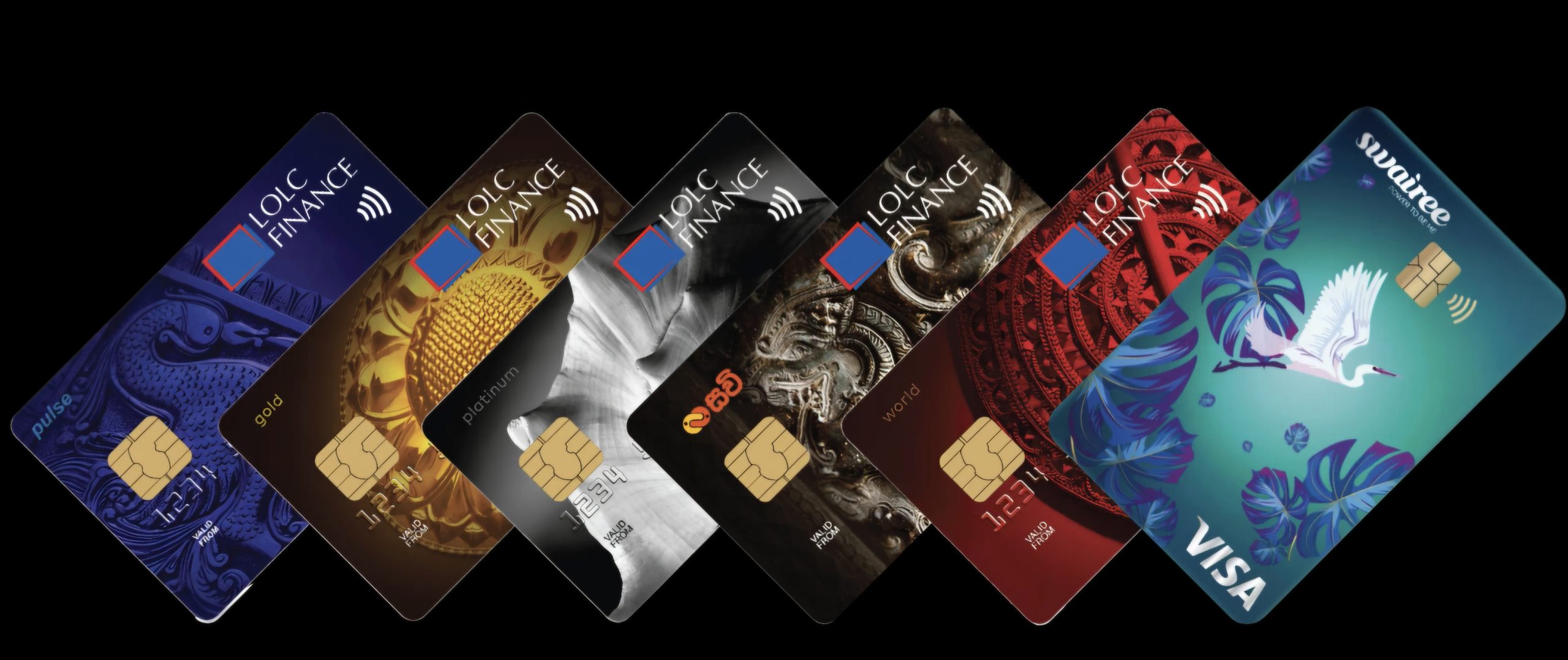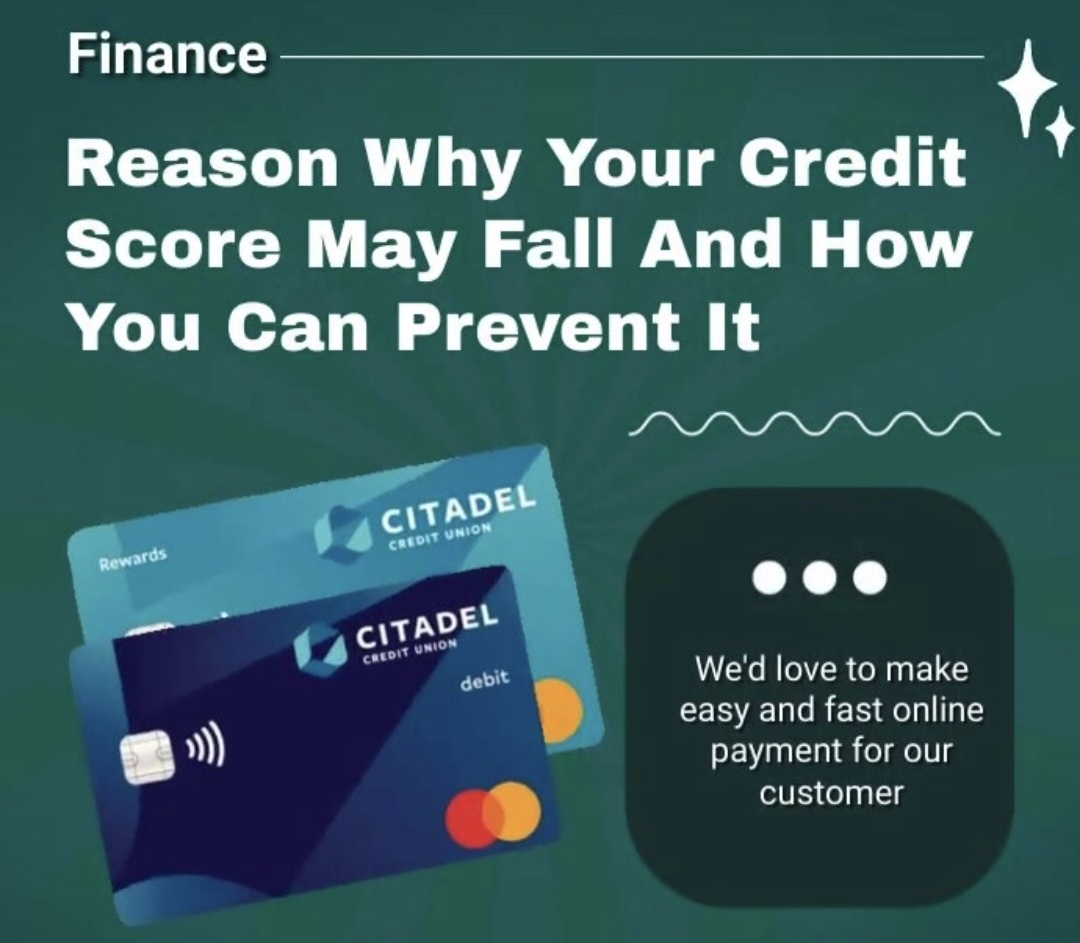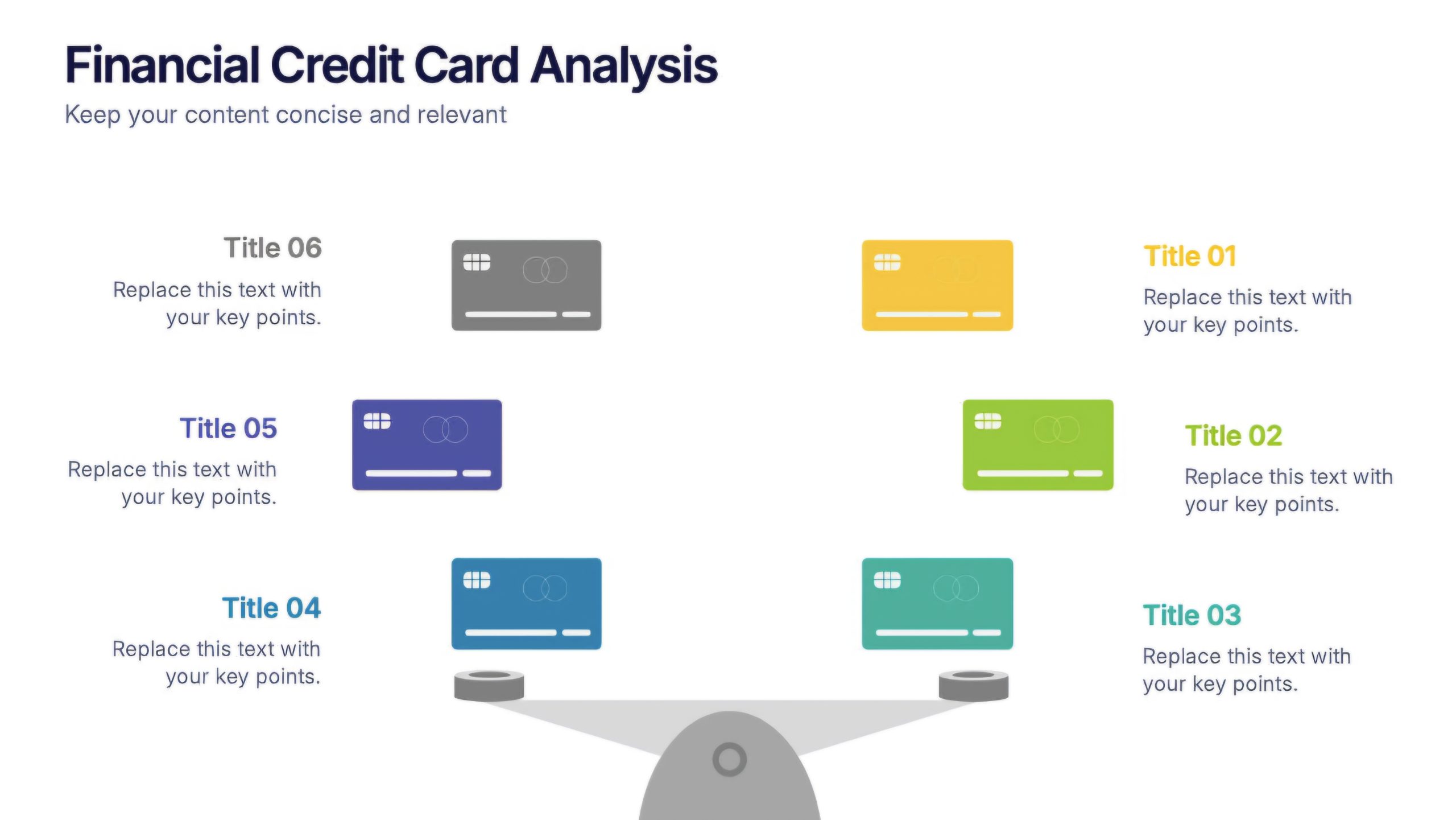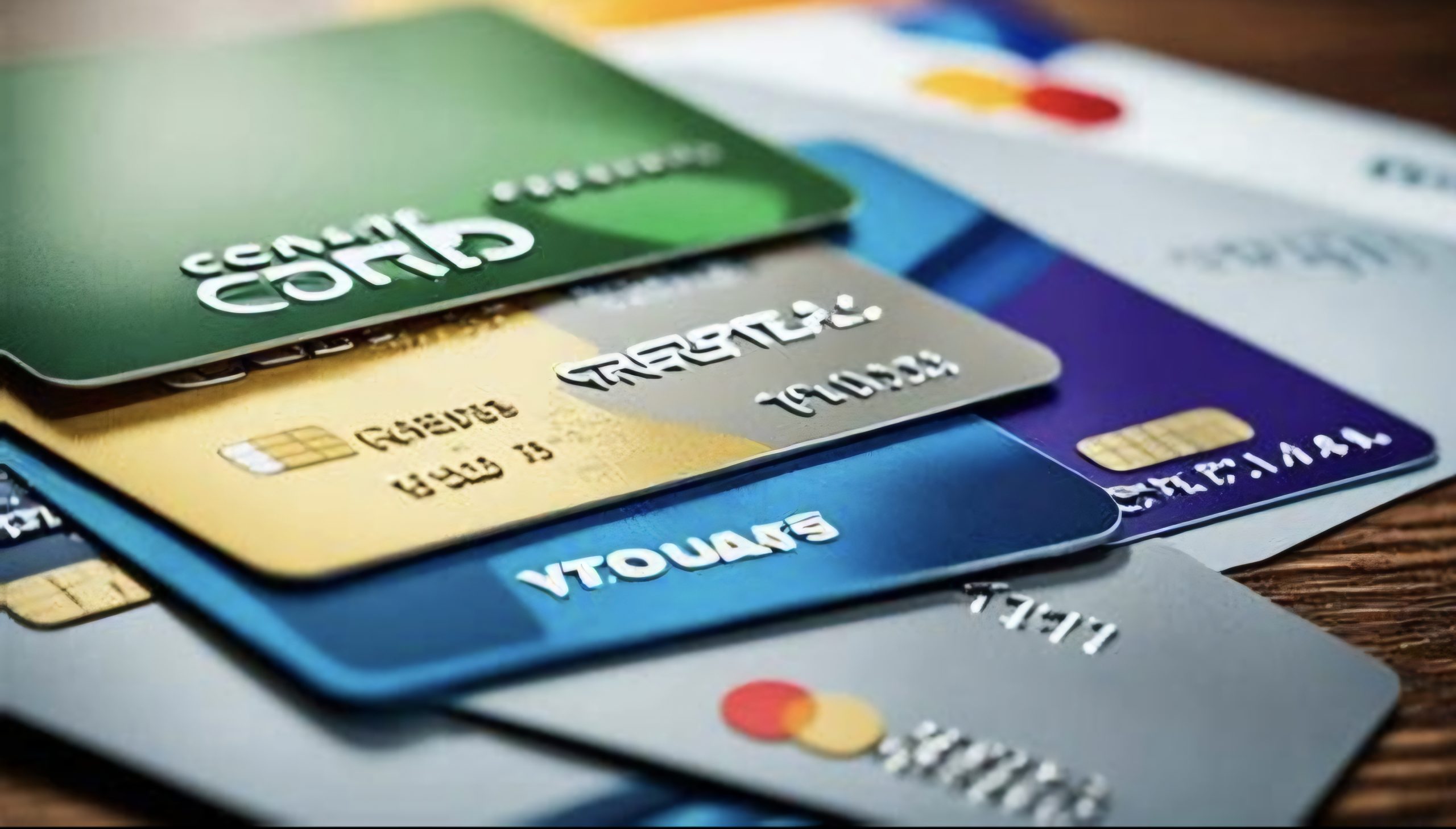Start strong, avoid traps, and use the right tools. This guide gives you a practical plan—with comparison tables, checklists, and trusted links—optimized for phone readers.

Why credit matters in 2025
Credit is more than a number. It shapes the price you pay for money—loans, cards, even insurance—and can affect housing and utility deposits. A stronger file unlocks lower rates, bigger limits, and fewer headaches. The good news: you don’t need tricks. You need a clean structure and consistent habits. We’ll walk it all the way through.
Start-here checklist
1) Pull your free reports
Get all three (Equifax, Experian, TransUnion) at AnnualCreditReport.com. Review identity info, late payments, collections, and credit limits.
2) Set autopay to at least the minimum
Late payments hurt most. Use autopay + a monthly reminder. Keep balances below 10–30% of each card’s limit for best impact.
3) Dispute errors fast
Found mistakes? Dispute directly with the bureaus. Use the CFPB’s guidance and sample letters.
4) Choose your builder tool
Pick from secured cards, credit-builder loans, or rent/phone reporting (compare below). Start with one, then layer a second after 60–90 days.
Compare credit-building tools
Pick the option that fits your cash flow, timeline, and comfort level. Diversifying slowly is better than opening several accounts at once.
| Tool | How it helps | Cost/Deposit | Typical impact window | Best for | Key watch-outs |
|---|---|---|---|---|---|
| Secured credit card | Reports as a revolving line, builds payment history and utilization mix. | Refundable deposit (e.g., $200–$500). Annual fee varies. | 1–3 months to see first movement; 6–12 months for strong gains. | Beginners with some savings for a deposit. | Keep utilization <10–30%. Avoid missed payments. |
| Credit-builder loan | Instalment account; payments reported monthly. Money released at the end. | Small monthly payments; admin fees possible. | 2–6 months for steady gains; full effect over 12 months. | Those who prefer predictable, small payments. | Check fees and ensure on-time autopay. |
| Rent/phone/utilities reporting | Adds alternative data (on some models) to lengthen history. | Free to modest monthly fee depending on service. | Varies by bureau and scoring model. | Renters and mobile-first budgets. | Not all scores use this data; still helpful for lenders using newer models. |
| Authorized user (AU) | Leverages someone else’s seasoned card history on your report. | Usually free; ensure trusted relationship. | Can be fast (1–2 reporting cycles) if card is well-managed. | Family members or partners you fully trust. | Only helps if the primary card has low utilization and perfect history. |
Want help choosing? Start at the possiblecredi.com homepage and explore guidance tailored to your situation.
Your step-by-step 90-day plan
Steady beats flashy. Here’s a phone-friendly roadmap you can screenshot and keep.
| Week | Actions | Why it matters |
|---|---|---|
| 1 | Pull all three credit reports; list any errors; set calendar reminder for bills; enable autopay minimums. | Establishes a clean baseline and prevents new late payments. |
| 2 | Open one builder product (secured card or credit-builder loan). Fund deposit if needed. | Starts your on-time payment streak. |
| 3–4 | Make a tiny recurring purchase (e.g., streaming bill) on your card; pay in full before statement closes. | Optimizes utilization and builds positive history. |
| 5–6 | File disputes for any verified errors with each bureau. Track responses. | Fixing mistakes can lift scores without new credit. |
| 7–8 | Consider adding rent/phone reporting if budget allows. Keep balances under 10–30%. | Adds depth to your file; protects utilization. |
| 9–10 | Optionally add a second, different type (if you started with a card, consider a small builder loan). | Improves credit mix. Space out applications to limit inquiries. |
| 11–12 | Review progress with a trusted score source; set next 90-day targets. | Compounding habits become automatic. |
Score models 101: FICO® and VantageScore® weigh factors differently. Payment history and utilization usually matter most. Learn their breakdowns at myFICO and Experian.
Pro tips: small tweaks, big impact
1) Keep utilization ultra-low
Utilization = balance ÷ limit. Lower is better. Paying before the statement closing date helps the reported balance look tiny. Under 10–30% is healthy; under 10% is great.
2) Set “pre-close” reminders
Add a reminder 3–5 days before each card’s statement closes. Pay to near-zero, then let the statement cut. This habit alone smooths utilization volatility.
3) Space out new accounts
Multiple hard inquiries in a short window can sting. Unless rate-shopping for one loan type, spread applications by 60–90 days.
4) Dispute with receipts
For errors, attach bank statements, payoff letters, and correspondence. The bureaus must investigate. See the CFPB’s dispute guidance and sample letters:
5) Freeze to prevent fraud (free)
A credit freeze blocks new credit in your name until you lift it—a strong defense against identity theft.
6) Treat AUs carefully
As an authorized user, you inherit the card’s history. Good history helps; bad history hurts. Ask the primary to keep utilization very low and payments spotless.
7) Budget for fees the calm way
If your starter product has fees, name a sinking fund “Fees—Credit Builder” and auto-transfer a few dollars weekly. Future-you says thanks.
Myths to ignore
Myth 1: “Carry a balance to build credit.” Not needed. You can pay in full and still build history.
Myth 2: “Checking your score hurts it.” Soft checks don’t affect scores. Only hard inquiries from applications may have a small, temporary impact.
Myth 3: “More cards = faster scores.” More accounts can dilute age and add inquiries. Grow slowly and intentionally.
Myth 4: “Collections paid = instantly removed.” Some models treat paid collections more kindly, but the record can remain for years. Always get written agreements when settling.
Myth 5: “All lenders use the same score.” They don’t. Expect variations across bureaus and score versions.
FAQs
How long does it take to build credit from scratch?
With consistent on-time payments and low utilization, many people see a score populate within 3–6 months and more meaningful progress in 6–12 months. Results vary by file thickness and how many positive tradelines you maintain.
Is a secured card or builder loan better?
They build different muscles. A secured card shapes revolving history and utilization. A builder loan creates instalment history and predictable payments. If possible, use one now and the other after 60–90 days.
Should I close my oldest card with an annual fee?
Age of accounts matters. If the fee stings, ask the issuer to downgrade (product change) to a no-fee version to keep the history alive.
Will rent and phone reporting help my score?
They can add depth, especially for thinner files. Not every lender or score model uses this data, but it’s generally positive when available.
What if I’m dealing with identity theft?
File an FTC Identity Theft Report, place a freeze or fraud alert, and start disputing fraudulent accounts.
Trusted resources & further reading
- Consumer Financial Protection Bureau (CFPB) — education, complaint portal, sample letters.
- AnnualCreditReport.com — official access to your credit reports.
- Federal Trade Commission (FTC) — identity theft, freezes, disputes.
- myFICO: What’s in your score — factor breakdowns and model basics.
- possiblecredi.com — start here for tools and how-tos that match your situation.
For possiblecredi.com readers: your next three moves
- Bookmark the possiblecredi.com homepage and set a calendar nudge to review progress monthly.
- Screenshot the 90-day plan table and set two reminders: one pre-statement reminder and one payment-due reminder.
- Pick one builder tool today. Waiting is the most expensive “fee.”
Reminder: You don’t have to be perfect—just predictable. Payment history compounds like interest.



Leave a Reply